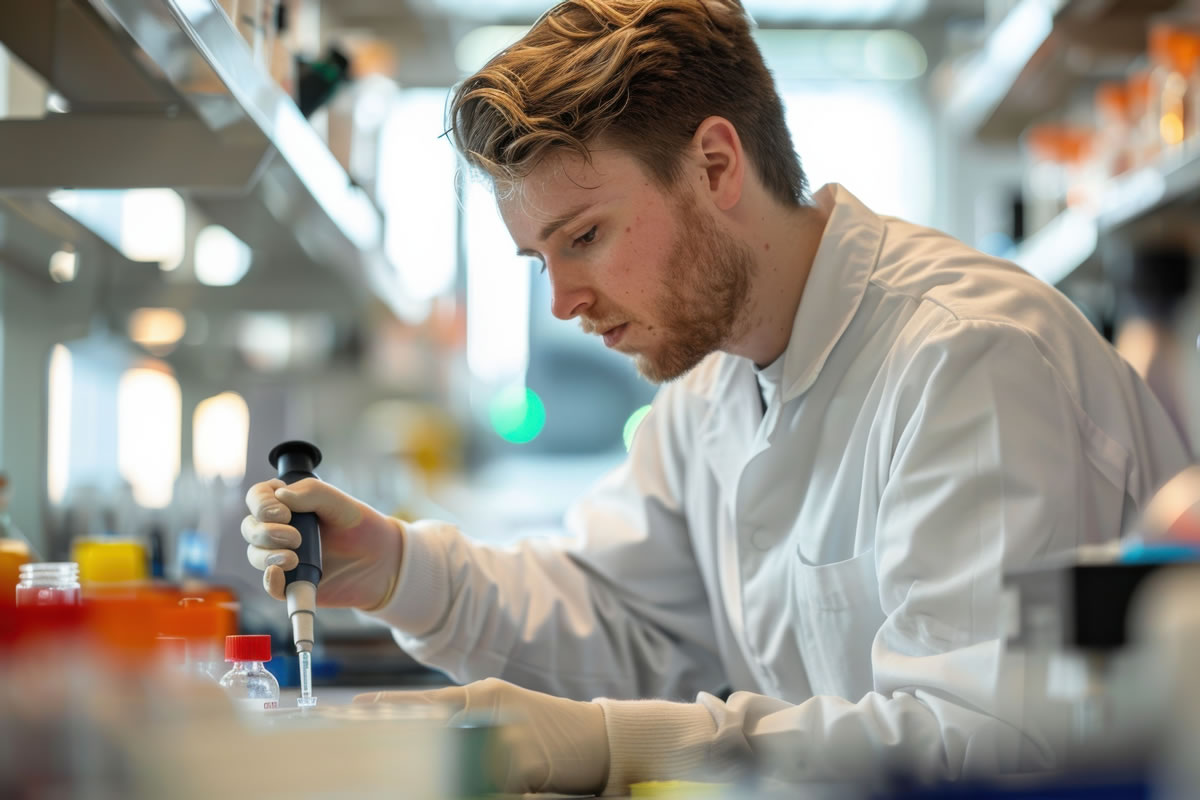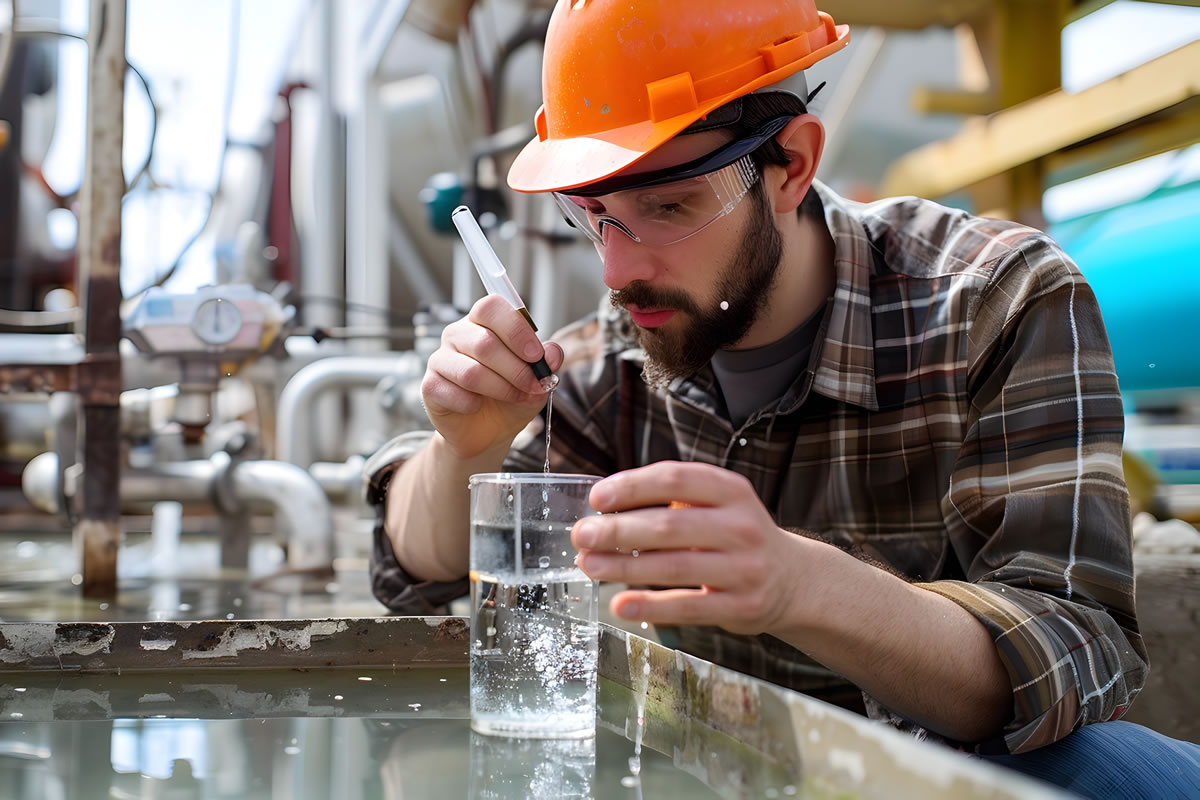How to Deal with Positive Legionella Test Results

Detecting Legionella bacteria in a water system can be concerning, but it’s an essential part of managing water safety, especially in buildings where vulnerable individuals may be present. While low levels of Legionella may not always require immediate action, higher concentrations can pose serious health risks and must be addressed swiftly to prevent the spread of Legionnaires’ disease. Understanding what test results mean and knowing how to respond to them is key to maintaining a safe water system and meeting legal obligations under UK health and safety regulations.
This article provides a step-by-step guide on how to interpret positive Legionella test results and outlines the appropriate actions to take based on reported contamination levels. It explains detection thresholds, risk assessment updates, disinfection protocols, and when to seek expert assistance. Whether you’re responsible for a commercial building, healthcare facility, or public space, this guide will help you respond confidently and effectively to any Legionella detection in your water system.
A version of this story looking at what to do if you get a positive Legionella test from your water systems first appeared in Legionella Control International’s newsletter. To get it in your inbox, sign up for free here.
When does Legionella become a health risk?
Legionella bacteria naturally occur in many water sources such as ponds, lakes, and rivers. However, they can also be present in manmade water systems, such as those found in buildings and equipment, and this is where problems can occur. If the bacteria are detected at low levels following testing, under normal circumstances there may not be any need to take action.
However, in some cases, the levels of bacteria could be high enough that you do need to act to find out why this has happened, and to resolve the problem as quickly as you can because of the increased risks to health.
Do you need to test for Legionella bacteria?
Typically, regular sampling and testing of a water system for Legionella is not required by law, although there are some situations that do call for it such as when operating cooling towers, evaporative condensers and spa pools. That said, sampling for Legionella is a practical and sensible way to monitor how safe the water in your system is. Sampling can act as confirmation that a water safety plan and associated control methods are working as they should be.

The importance of the Legionella risk assessment
In the UK, every water system used in a business environment should be risk assessed to determine where the legionella risks are, and their significance. Any risks should then be removed or reduced as much as possible, depending on what they involve.
Removal of the risk is ideal but in some cases this may not be possible. For instance, a disused piece of pipework (a dead leg) can be removed to eradicate the risk it poses. Conversely, a rarely used yet still operational shower head can simply be flushed through and regularly cleaned to reduce the risk it may pose.
In situations where you do conduct water sampling for Legionella, it’s best to do so every six months or more frequently if the situation demands it.
Sampling for Legionella is a practical way to monitor how safe the water in your system is … it can confirm that your controls are working
What are the detection levels for Legionella bacteria?
In UK laboratories there are three broad ranges of contamination a water sample tested for Legionella bacteria may show when returned. The figures presented by the lab will be recorded as cfu/l. Cfu stands for colony-forming units, while the lowercase l represents litres. So, a reading of 150 cfu/l would indicate there were 150 colony-forming units in each litre of water sampled and tested.
The UK’s safety regulator, the Health and Safety Executive set three legionella trigger or detection thresholds when sampling hot and cold water systems, they are as follows:
Legionella not detected or <100 cfu/l
This means the levels of Legionella bacteria detected are below 100 cfu/l or so low as to not show in the test.
However, in hospitals and healthcare environments, the main concern is to protect vulnerable patients, so any detection of Legionella should be investigated further. This may call for the system to be resampled to help interpretation of the test results in line with the Legionella control strategy and water safety risk assessment.
Legionella detected >100 cfu/l – <1,000
This refers to levels of bacteria detected at over 100 cfu/l but less than 1,000. This could indicate low level contamination of a water system which would require further investigation.
If a minority of samples are positive, the system should be resampled. If similar results are repeated, a review of the control measures and risk assessment should be carried out to identify any remedial actions necessary.
However, if the majority of samples are positive, the water system may be colonised, albeit at a low level. An immediate review of the control measures and Legionella risk assessment should be carried out to identify any other remedial action required. Disinfection of the system should also be considered.
Legionella detected >1,000 cfu/l
This indicates a high level of bacteria whereby immediate remedial action must be taken to prevent a potential outbreak of Legionnaires’ disease.
The water system should be resampled and an immediate review of the control measures and Legionella risk assessment carried out to identify any remedial actions, including disinfection of the system. Retesting should take place a few days after disinfection and at frequent intervals afterwards until a good level of control is achieved.
What are the different types of Legionella bacteria?
In the lab a water sample can show three broad groups of Legionella bacteria. The first two groups show different types of Legionella pneumophila — serogroup 1 in the first, and serogroups 2-14 in the second. The final group covers several dozen other types of Legionella bacteria.
The bacterial types go in order of potential seriousness. Legionella pneumophila serogroup 1 is isolated as it is the most serious, and most likely to cause Legionnaires’ disease in people who are exposed to it.
Serogroups 2 through 14 can cause other forms of disease – still derived from Legionella bacteria but from less dangerous forms. The remaining bacterial types may suggest there is a greater chance that the serogroups already mentioned could cause issues if the growth of bacteria isn’t immediately dealt with.
Sampling for Legionella at different points in a water system
Sampling for Legionella at different points in the water system is another way to determine whether the entire water system has been contaminated (more likely if there are higher levels of bacteria in one or more samples) or whether rising levels are restricted to one area.
What to do if Legionella is detected in your water samples?
What action you take following a positive Legionella test depends on the levels of bacteria detected. Once you know more about the levels and locations of the bacteria, you can decide on what remedial actions to take.
The actions you take will vary depending on the available data. For instance, it could be that all samples are fine except for one taken from a disused shower head. In that case, thoroughly cleaning it and flushing through that portion of the system is the best thing to do – ahead of another test, of course.
If raised levels are seen throughout the system, or the levels are high enough to be of real concern, the affected parts of the water system should be isolated and not used until measures are taken to reduce the bacterial growth. In extreme cases, the entire water system may be shut down while this takes place. There have been lots of cases where buildings have been shut down until the situation is brought under control.
A thorough disinfection and flush through of the entire system, along with intensive cleaning and maintenance where required, is often the only solution in this case. Regular dosing of the system with disinfectant is another step that could well need to be completed.

Specialist assistance following positive Legionella testing
Since positive Legionella testing results can be extremely worrying for anyone in charge of a business or other property, it can be reassuring to call in the experts, such as Legionella Control International.
While the person in charge of water system safety, referred to as the Responsible Person retains responsibility for dealing with the situation, it can still be sensible to resort to someone qualified and experienced in these situations. They can review the test results and any other data available including the Legionella risk assessment. They may recommend immediate actions including disinfection and further testing. They may even recommend point of use filtration, and steps to be taken in future to reduce the risk of overgrowth of Legionella bacteria. They may also recommend other measures to ensure contamination of the water systems is brought back under control so it is safe to use.
Expert Legionella risk management solutions
Legionella Control International is a world-leading Legionella and water safety specialist. Our teams of experts support duty holders, the responsible person and those others responsible for workplace safety. We will help you to protect your customers and others in meeting your health and safety obligations in this specialist area.
We deliver a range of specialist risk management solutions including water safety and Legionella risk assessment, water quality analysis, regulatory compliance auditing, specialist Legionella training, and other services that help keep people safe.


